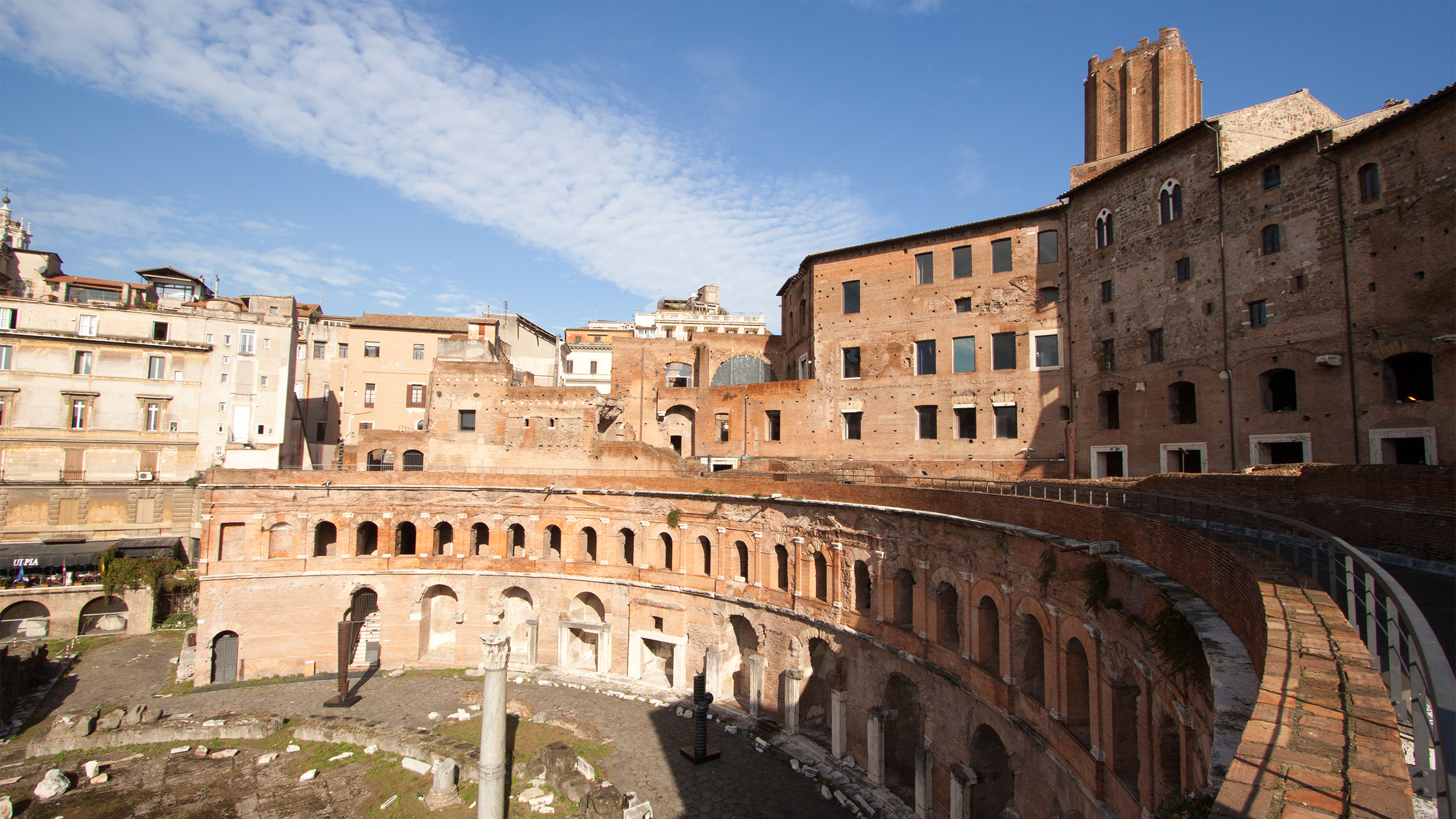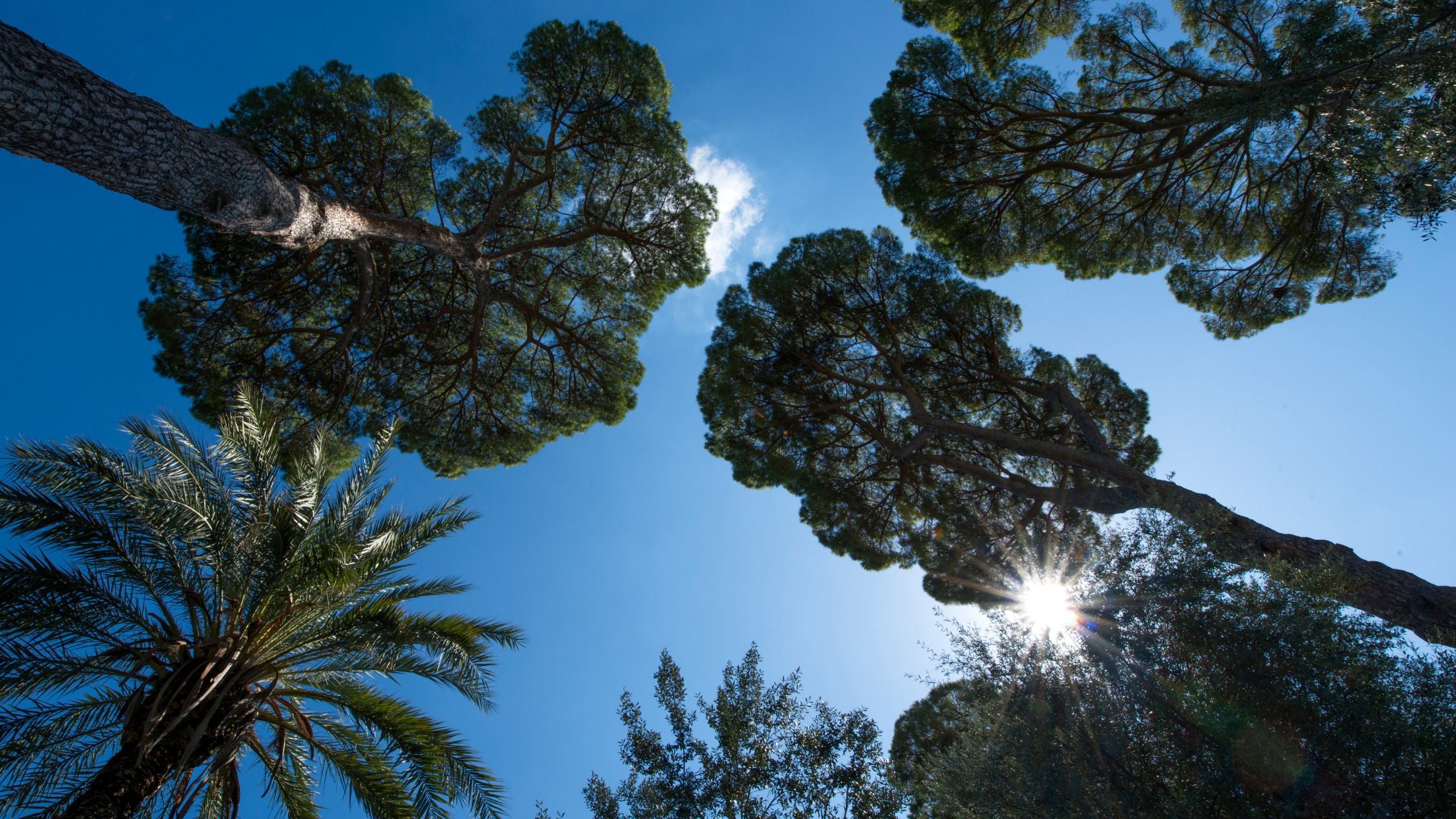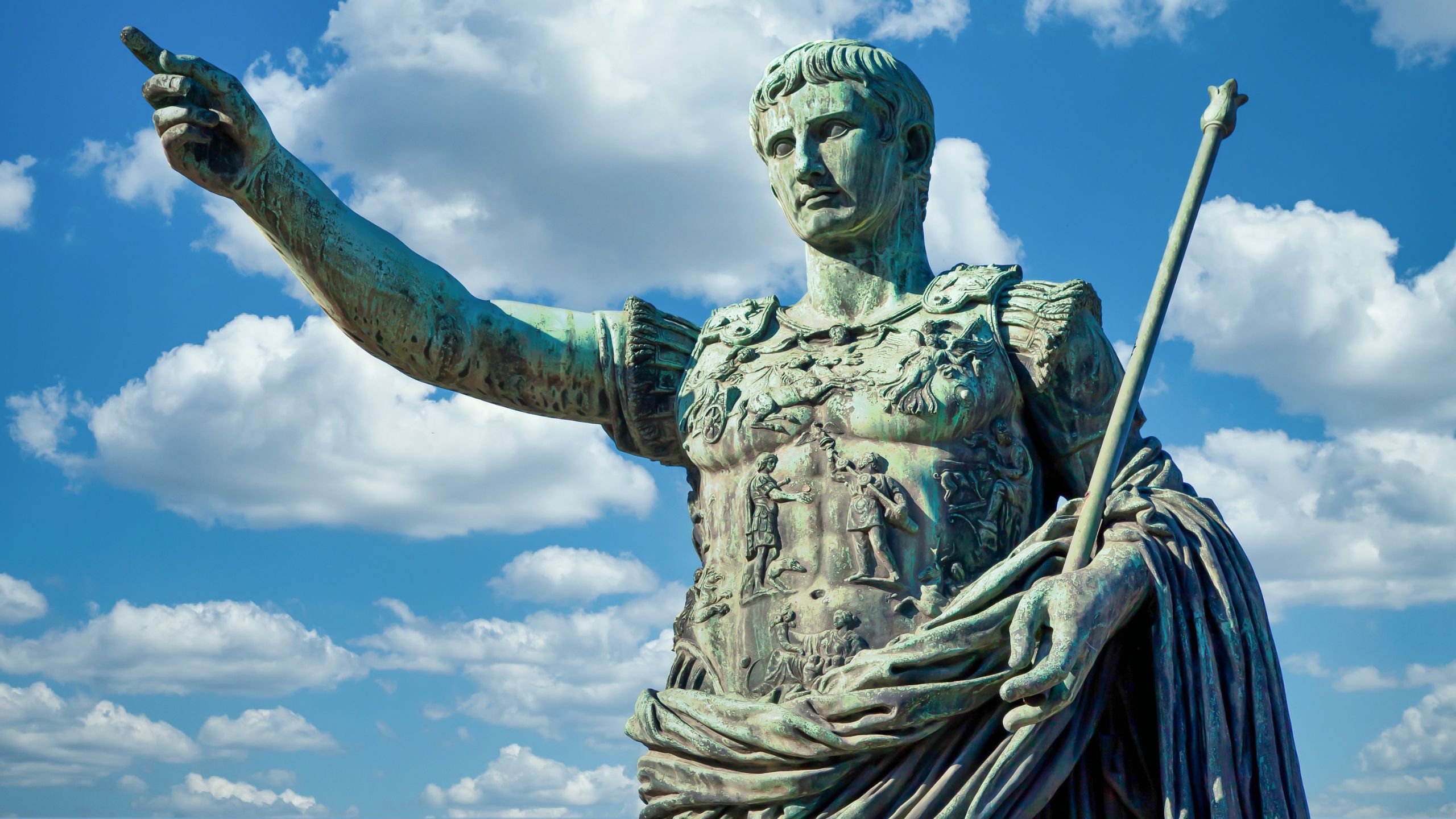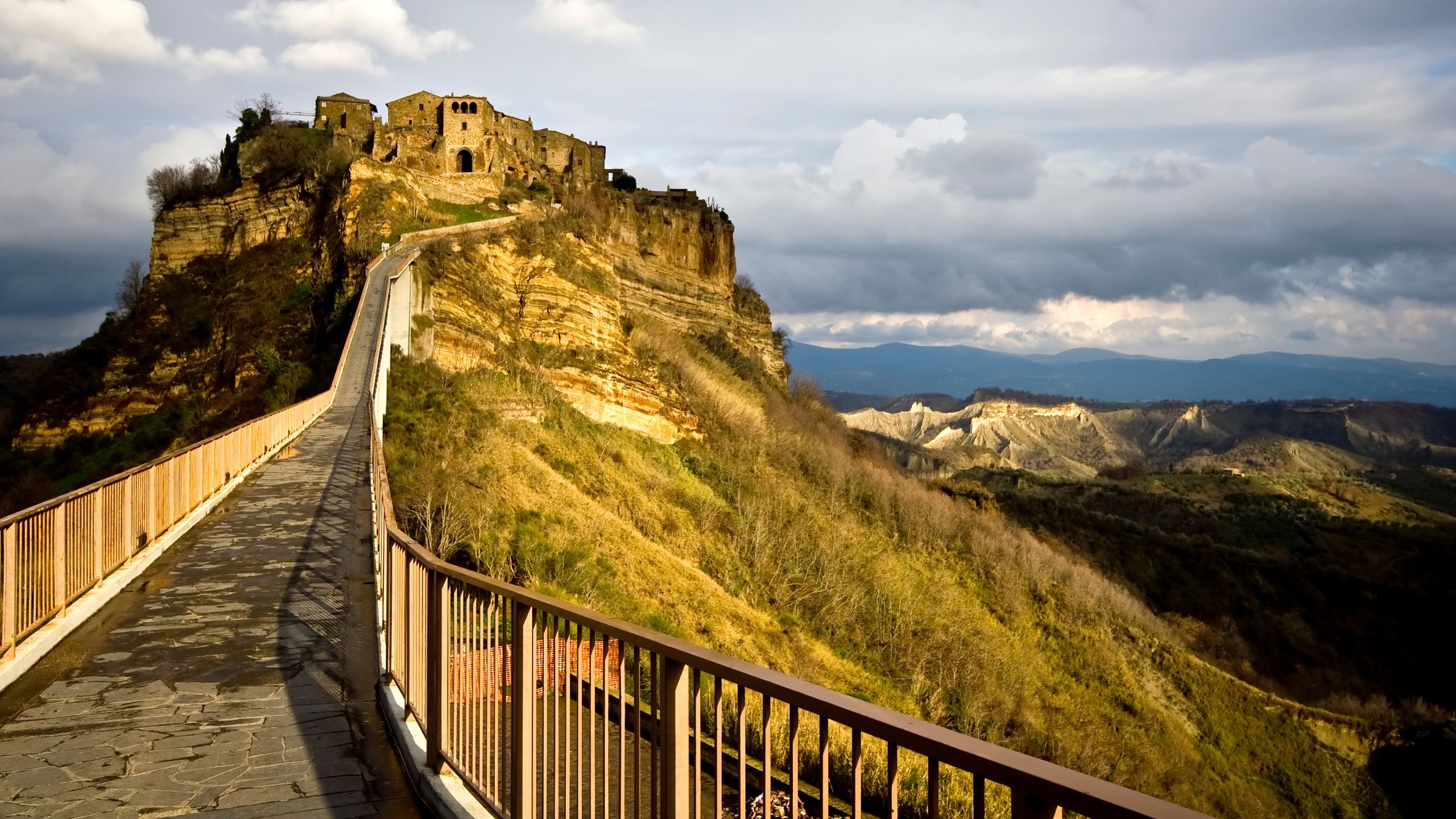A Stroll through Rome: A timeless experience among the Imperial Forums
Among the areas most charged with meaning and history of Rome, the Imperial Forums stand out. This place has seen hundreds of protagonists of Roman history, has hosted the construction of some of the most important and spectacular buildings of the ancient capital of the Empire, and has represented the theater of thousands of personal and political events related to the City.
An unmissable experience is to spend a few hours visiting the Imperial Forums, fascinating monumental squares located in the heart of Rome, built between 45 B.C. and 113 A.D. These places are considered the beating heart of the commercial and political activity of the Empire, having enchanted millions of visitors over the centuries and punctuated the daily life of as many people. Are you ready to immerse yourself in a fascinating journey into the heart of Roman history?
Exploring one of the most relevant archaeological complexes in the world
Once immersed in the incredible monumental complex of the Imperial Forums, you will find yourself in front of the magnificent Forum of Caesar. This imposing square was built by Julius Caesar for propaganda reasons and was inaugurated on September 26, 46 BC, a few years before his death, but completed only under the reign of his successor, Emperor Octavian Augustus. The Forum of Caesar is porticoed on the east and west sides, culminating in the sumptuous temple of Venus Genitrice, mother of Aeneas and progenitor of the gens Iulia.
The choice of the area on which to build the complex was accurate: Julius Caesar acquired the land directly to bring his forum to the buildings of the city political center, thus giving it greater prestige and visibility. Unlike the Roman Forum, the Forum of Caesar was conceived as a unitary project: the area was long and narrow, surrounded on both sides long by arcades, and in the center was placed the equestrian statue of Caesar. The structure was characterized by a strongly axial and centralizing organization, concentrated exclusively on the temple of Venus and on the apse that housed the sacred statue of the goddess.
The Charm of the Forum of Augustus
Continuing your journey, you will meet the magnificent Forum of Augustus, built at the behest of Caesar’s successor, Octavian Augustus, the first emperor of Rome. This imposing forum was built together with the majestic temple of Mars Ultor, promised by the emperor as a vow before the victory at the Battle of Philippi in 42 B.C. However, the area was only inaugurated forty years later, when this second grand square dedicated to Augustus was completed.
The Forum of Augustus has an orthogonal plan and on the northern side stands the majestic temple of Mars Ultore, leaning against the back wall, which separated the area from the district of Suburra. The square was inaugurated, probably still incomplete, in 2 BC, the year in which Augustus was awarded the title of "Pater Patriae" (father of the homeland). At this time, Augustus had indicated his nephew, Lucius Caesar, as his successor. The Forum of Augustus served in Rome as an additional space for trials, but its most significant function was that of a representative center, intended primarily to glorify the emperor and his lineage. To further enrich the area, were placed some statues depicting protagonists of the country’s history, including Enea, Romulus and the members of the gens Iulia. A visit to the Forum of Augustus is an unforgettable journey into the heart of the history and grandeur of the Roman Empire.
Among the wonders of Rome: The Temple of Peace
In 75 AD, after the conquest of the Holy Land and the city of Jerusalem by Vespasian, a new space was erected between the Forum of Caesar and that of Augustus, dedicated to the victorious emperor. Initially known as the Temple of Peace, this area was not part of the Forum, but only later, under Constantine I, was designated as a forum.
This square-shaped building looked more like a museum-garden than a place of worship, with numerous water pools and ornate statues. Contemporaries called it one of the wonders of the world. It was inaugurated in 75 A.D. after the triumph in the Jewish war and dedicated to the Pax Augustea of the Empire, emphasizing the restoration of peace by the Flavian dynasty, as imperial propaganda. Over the centuries, the area suffered devastation due to a large fire, but was partially rebuilt during the era of Septimius Severus in the third century AD, in order to house the Forma Urbis Severiana, a large map of Rome engraved on marble, came to us in a partial way. The Temple of Peace is a unique testimony of the greatness and art of ancient Rome.
The Forum of Nerva: An Unfinished Work among the Imperial Forums
In an attempt to unify the open space between the existing forums and the Temple of Peace, the Emperor Domitian designed another square. However, fate was against him and he did not have the opportunity to inaugurate this new work because he disappeared in 96 AD, appointing Nerva as his successor. The square was then named Forum of Nerva and next to it was erected the temple dedicated to Minerva, the patron deity of the empire. This forum is often also called "transient", as it served as a place of passage between other monumental areas.
The Forum of Nerva was conceived with a narrow and long shape, and the lack of space prevented the construction of arcades on its sides. The perimeter walls, consisting of stone blocks covered with marble slabs, were adorned with columns arranged a short distance from the back wall, supporting a protruding entablature. Although unfinished, the Forum of Nerva is still today a testimony of the grandeur and art of ancient Rome.
The magnificent Forum of Trajan
A majestic fourth forum is dedicated to Trajan, who completed part of the works begun by Domitian. This new square was destined to perform forensic functions, but above all to accommodate the military camps stationed in the city. At the center of this magnificent area stands the Trajan’s Column, a narrative monument celebrating the epic events that led to the victory over the Dacians. After the construction of the square, the inaugurations of the Mercati Traianei and the Basilica Argentaria followed, along with the restoration of the temple of Venus Genitrice. Walking along the square, you reach the entrance of the Basilica Ulpia, the largest religious building of the imperial period. This magnificent structure, designed by Apollodorus of Damascus, is inserted inside the Forum of Trajan, constituting one of the architectural masterpieces of ancient Rome.
In front of the basilica was the so-called tampering, a significant act of liberation of slaves by their masters. A few steps from the magnificent Trajan’s Column and its forum, there are the charming apartments Rome with view. Located in the heart of ancient Rome, these apartments offer breathtaking views of the entire archaeological area and some of the most evocative monuments of the capital. A romantic and functional way to immerse yourself in the eternal history of Rome and its countless architectural and historical beauties.




